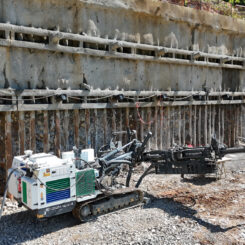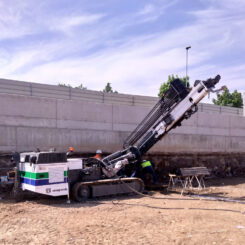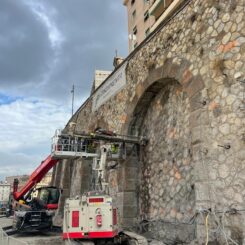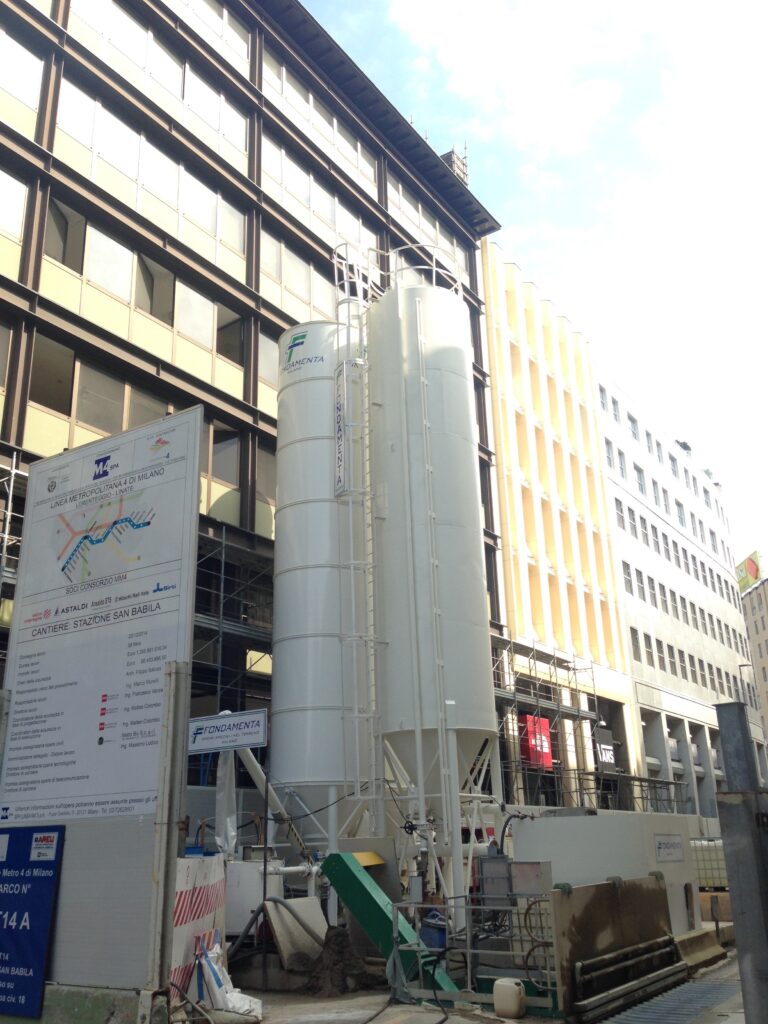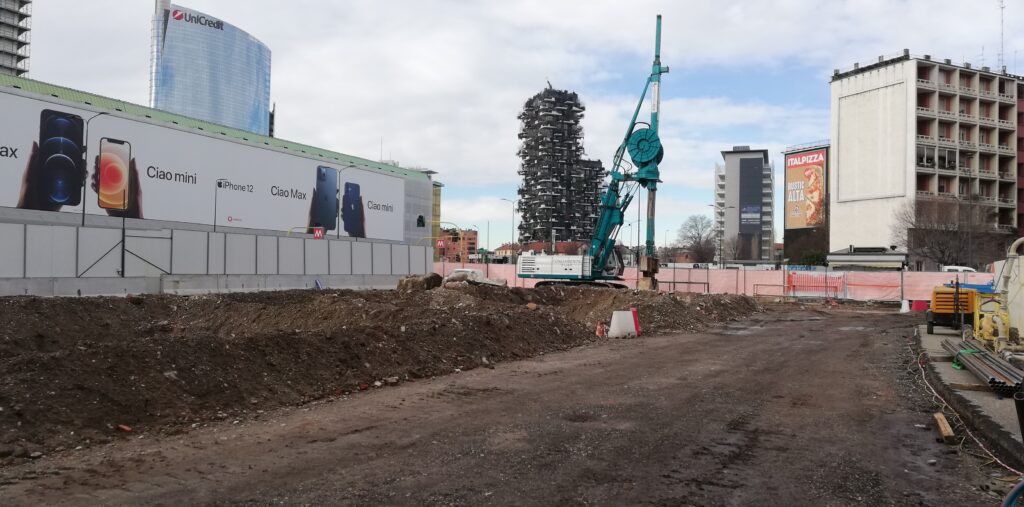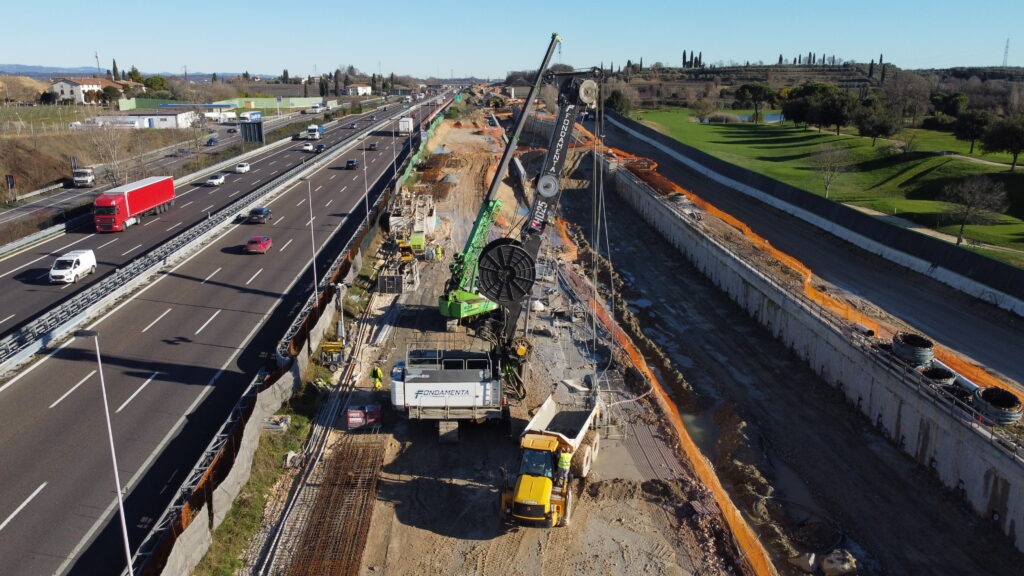Anchors
Anchors are structural elements used to stabilize structures where forces might cause unwanted movements or failures. Made primarily of cables or rods, they are inserted into the ground and anchored to a structure to ensure system stability.
Components and Structure
Anchor Cable or Rod:
- Material: Typically high-strength steel.
- Form: Can be a strand cable, solid rod, or hollow rod.
- Coating: Often coated with anti-corrosive materials like polyethylene or epoxy resin to prevent corrosion.
Anchor Head:
- Function: Transmits tensile force from the structure to the anchor.
- Composition: Usually consists of a plate and a locking system (e.g., nuts or clamps).
Protective Sheath:
- Material: PVC, polyethylene, or metal.
- Purpose: Protects the cable from external agents and facilitates the injection of sealing materials.
Locking Device:
- Function: Secures the anchor in the ground, can be made of concrete blocks or mechanical devices like rings or bolts.
Functioning
Anchors transfer tension from the anchored cable or rod to the soil or rock. The typical installation process involves:
- Drilling: A hole is drilled to the desired depth, based on project and soil characteristics.
- Inserting the Anchor: The anchor is inserted into the hole to the specified anchoring length.
- Grouting: The hole is filled with cement grout or resins to enhance the bond between the anchor and soil.
- Tensioning: The anchor is tensioned using hydraulic jacks, precompressing the surrounding soil and enhancing stability.
- Locking: The anchor is locked in place with an appropriate anchoring system.
Applications
- Slope Stabilization: Prevents landslides and slips.
- Retaining Wall Anchoring: Supports containment structures like walls or bulkheads.
- Foundation Support: Used where traditional foundations are insufficient due to poor soil quality.
- Marine Structures: Anchors structures subject to wave and current stresses
Advantages and Limits
Advantages:
- High tensile strength.
- Adaptable to various soil types and geotechnical conditions.
- Installable in confined spaces and challenging environments.
Limits:
- Requires careful design and installation to ensure safety.
- Susceptible to corrosion if not adequately protected.
- Regular tension monitoring needed to prevent failures.
Related projects
Are you interested in this service?
Contact us by filling the form.

